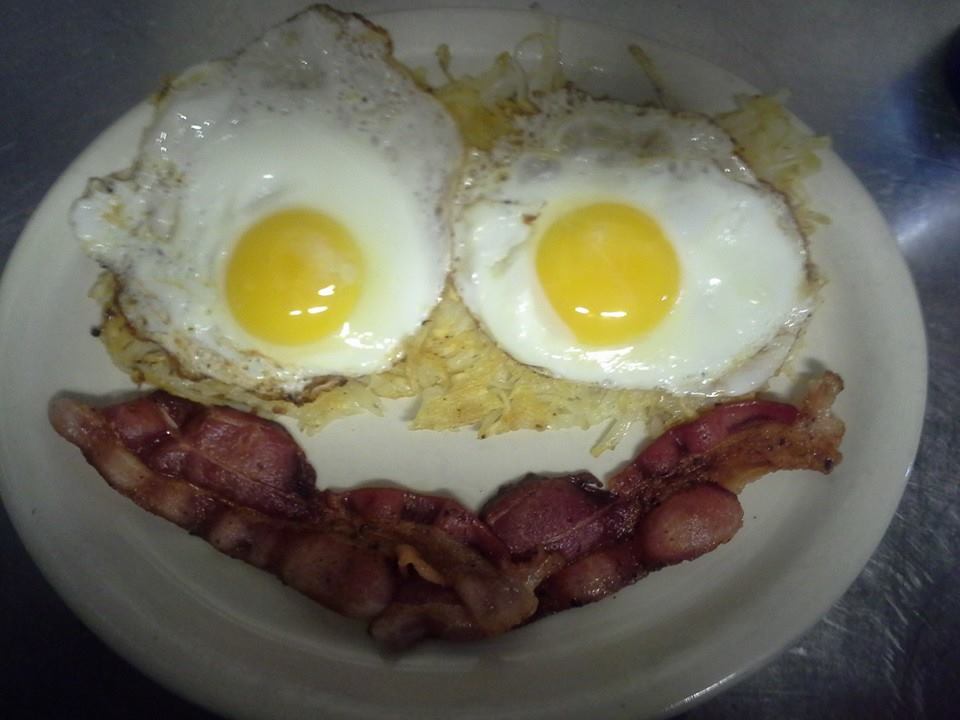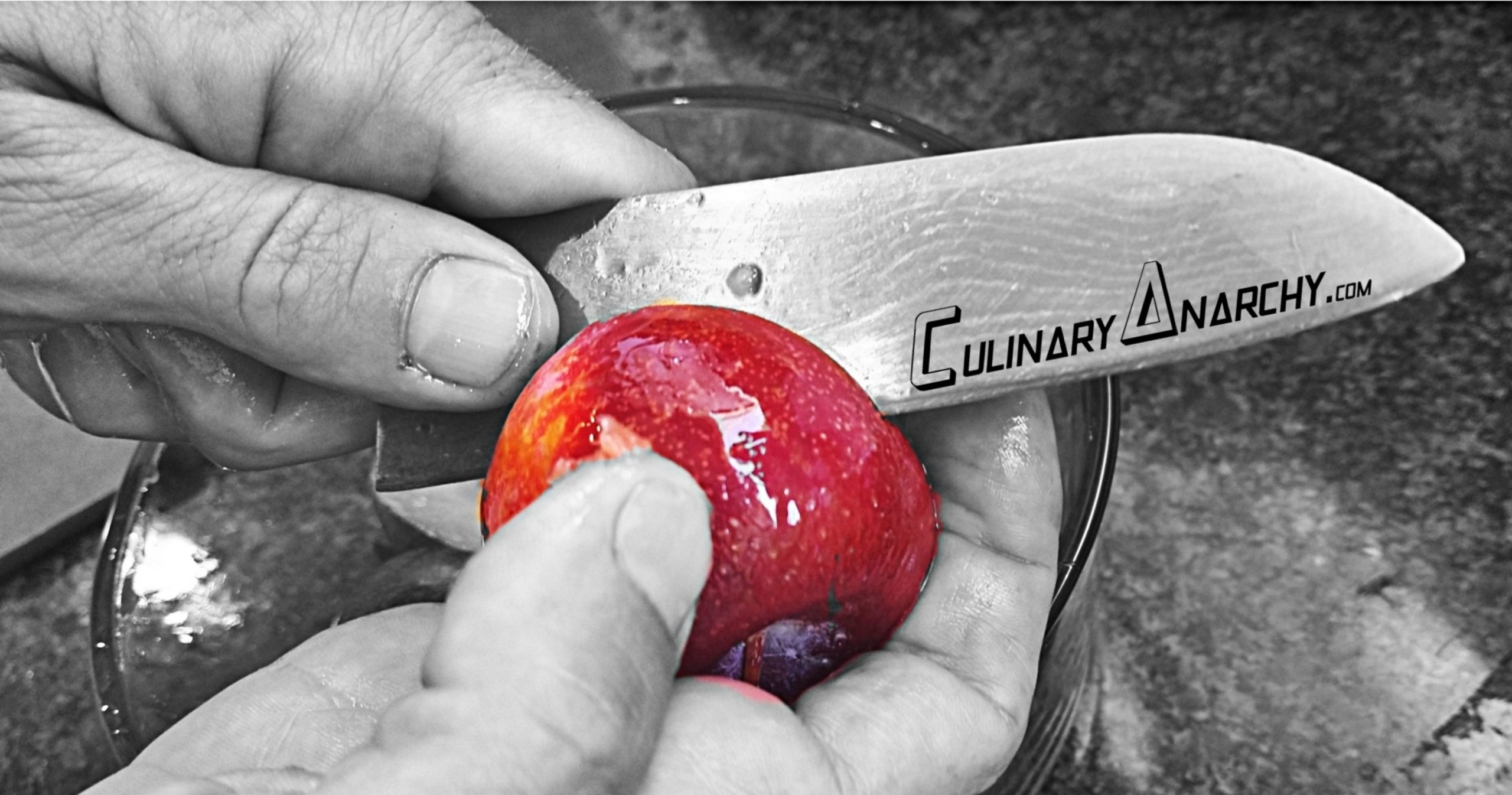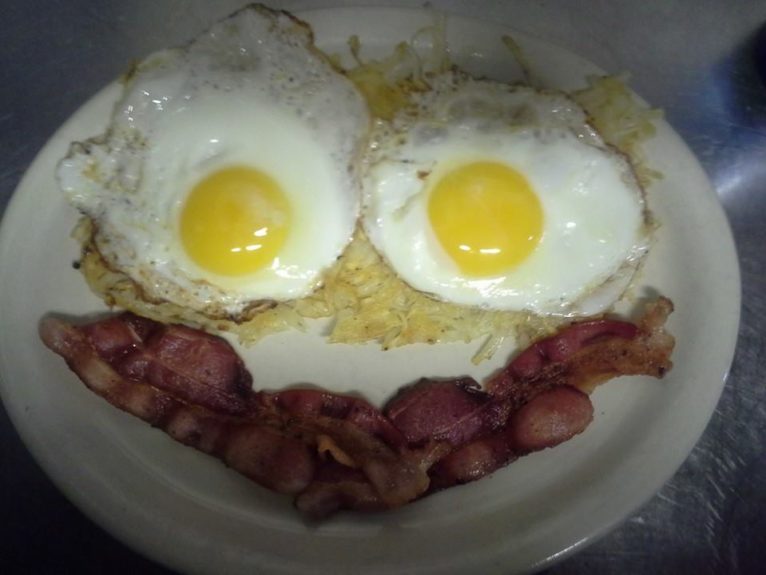
Hands down one of the most versatile ingredients you will use on a day to day basis. They are cheap, high in protein and easy to work with. Brown or white doesn’t really make much of a difference as long as they are fresh. If you’re not sure, place one in enough water to cover it. If it floats or if the fat side is lifting, don’t take the chance, just throw em out.
Basic cooking methods.
- Over easy: Lightly fried on both sides with a runny yolk
- Over medium: Fried on both sides. Firm white with a runny yolk
- Over hard. Completely cooked including the yolk (you’ll need to break the yolk)
- Sunny side up: One side is cooked well but the top is still runny
- Scrambled: Whites and yolks mixed well and
- Poached: Lightly cooked in simmering not boiling water. White should be cooked and the yolk should be runny. Add a splash of vinegar to the water to help the whites stay together and use a slotted spoon to remove.
- Hardboiled: Completely cooked in the shell. Immerse eggs in water. Bring to a boil for ten minutes. Remove and cool under cold water.
- Omelet: A layer of cooked, scrambled eggs filled with various items and folded over.
Notes
- Two things to keep in mind with eggs:
- The pan needs to be at the proper temperature. Too hot or too cold and you’re screwed. This takes a bit of experience. The other thing is that you need just enough oil or fat ( I use strained bacon grease) to make sure the eggs don’t stick while not using too much since you don’t want greasy eggs. Again, practice makes awesome.


